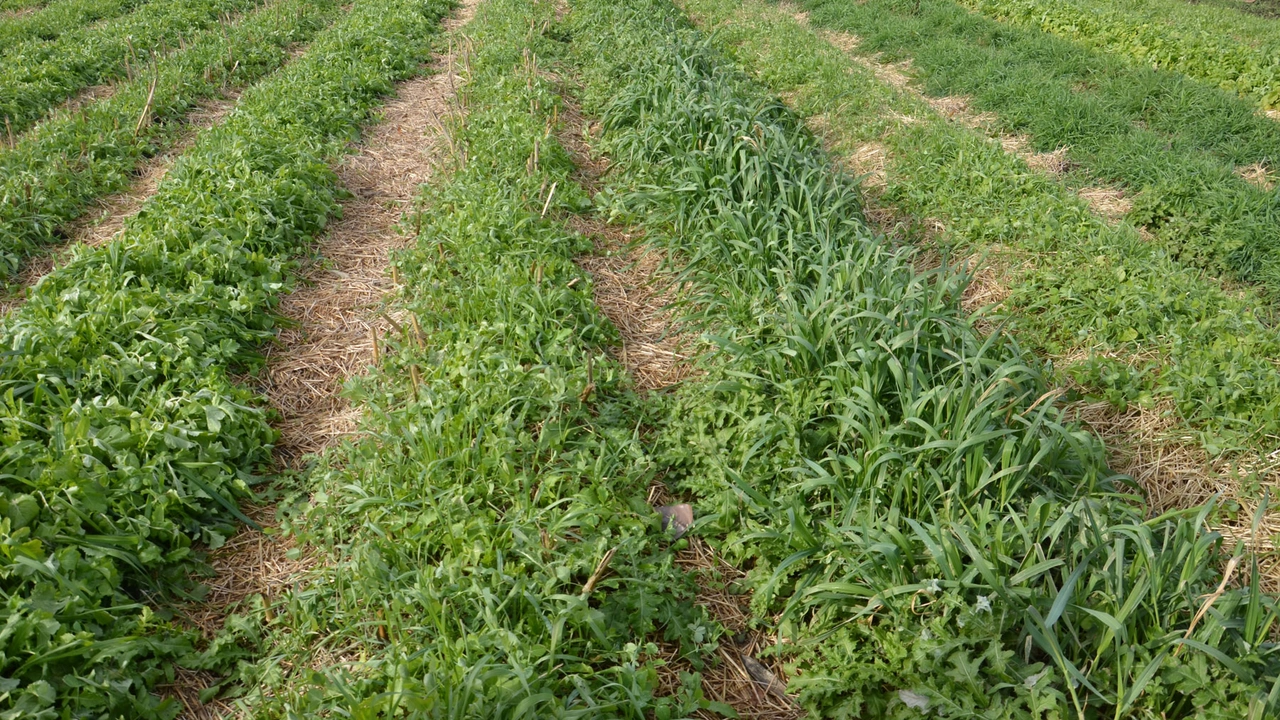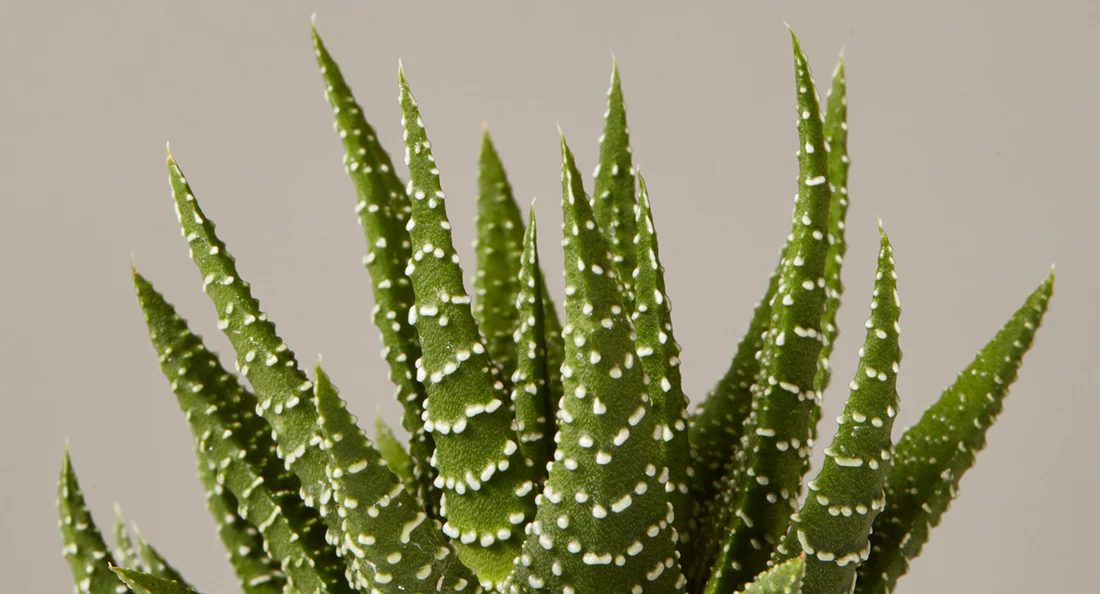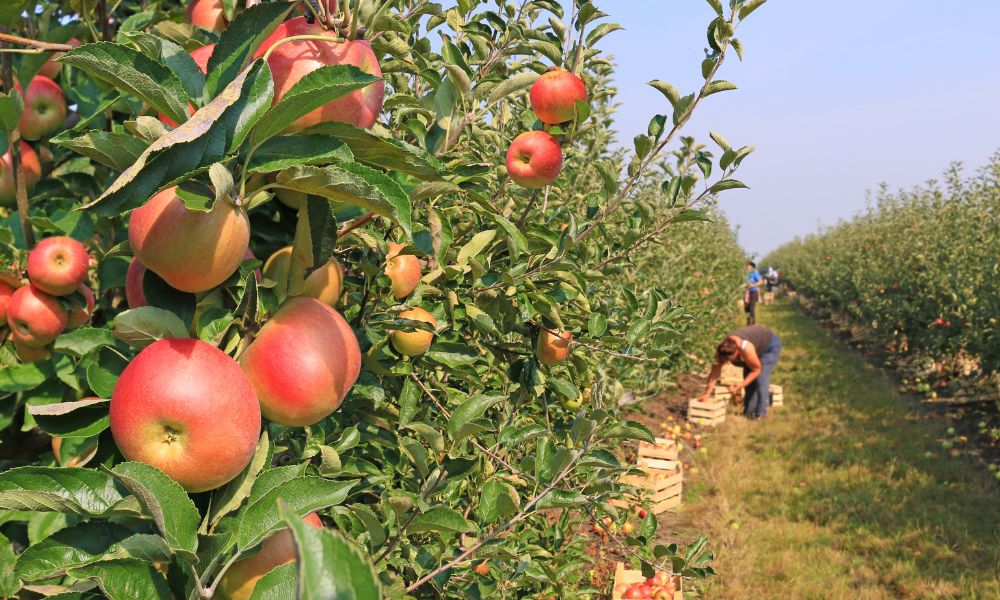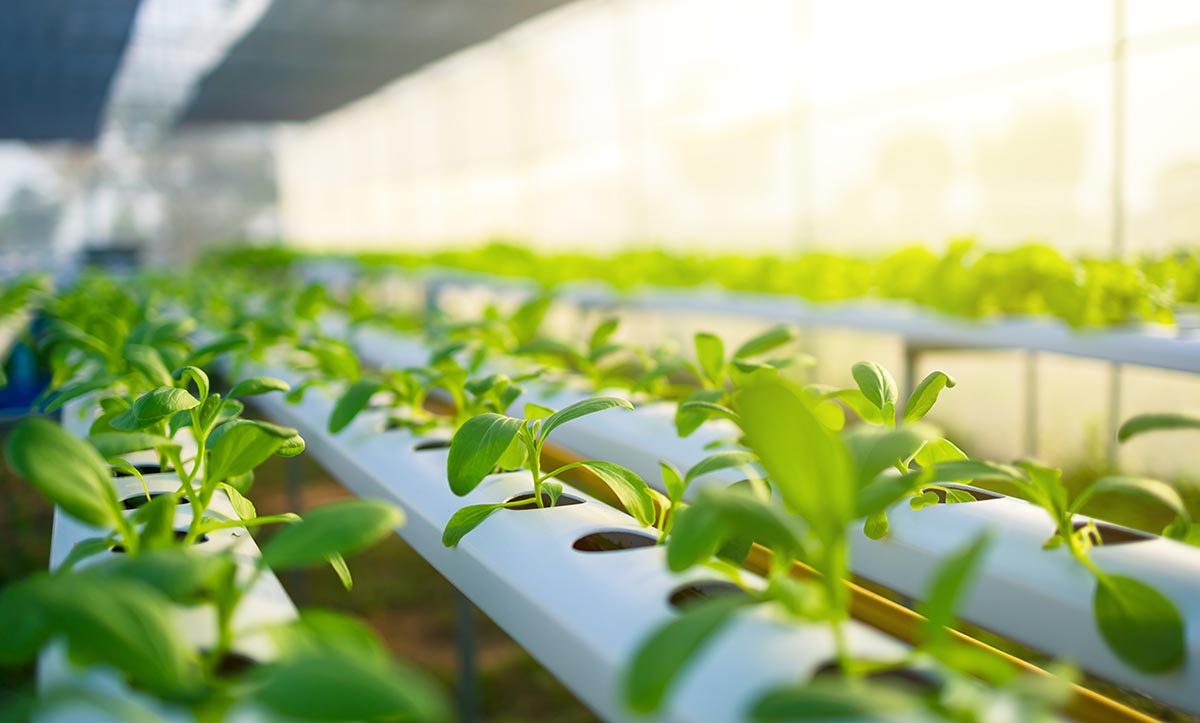Mulching is a gardening technique that involves covering the soil surface with a layer of organic or inorganic material. This simple practice offers numerous benefits for your garden, including improved soil health, water conservation, and weed control.
Benefits of Mulching
- Soil Moisture Retention: Mulch helps retain moisture in the soil, reducing the need for frequent watering.
- Weed Control: A thick layer of mulch can suppress weed growth by blocking sunlight.
- Soil Temperature Regulation: Mulch helps to moderate soil temperature, protecting plants from extreme heat and cold.
- Improved Soil Health: As mulch decomposes, it adds organic matter to the soil, enriching it with nutrients.
- Reduced Erosion: Mulch helps to prevent soil erosion, especially on slopes.
Types of Mulch
- Organic Mulches:
- Compost: A nutrient-rich organic material derived from decomposed plant and animal matter.
- Manure: Well-rotted manure can improve soil fertility and structure.
- Straw: A common choice for vegetable gardens, straw helps to retain moisture and suppress weeds.
- Wood Chips: A long-lasting mulch that can be used in both ornamental and vegetable gardens.
- Inorganic Mulches:
- Plastic Mulch: A synthetic material that helps to retain moisture and suppress weeds.
- Landscape Fabric: A permeable fabric that allows water and air to pass through while preventing weed growth.
How to Apply Mulch
- Prepare the Soil: Clear the area of weeds and debris.
- Apply the Mulch: Spread a layer of mulch around the base of plants, leaving a small gap around the stems to prevent rot.
- Water the Plants: Water your plants thoroughly before applying mulch.
- Maintain the Mulch Layer: As the mulch decomposes, add more to maintain a consistent layer.
By incorporating mulching into your gardening routine, you can create a healthy, productive, and beautiful garden.



